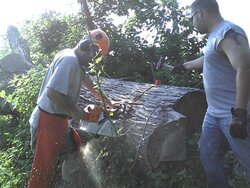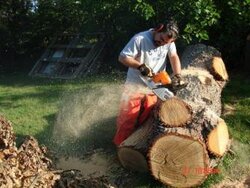Even bigger than the last one!
Attachments
-
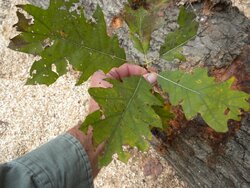 DSCN3002rl11.jpg159.2 KB · Views: 116
DSCN3002rl11.jpg159.2 KB · Views: 116 -
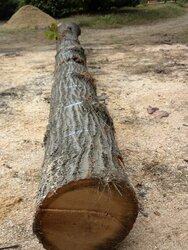 DSCN3004rl11.jpg175.3 KB · Views: 105
DSCN3004rl11.jpg175.3 KB · Views: 105 -
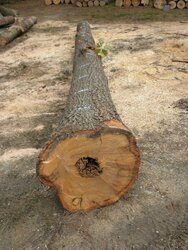 DSCN3005rl11.jpg183.8 KB · Views: 117
DSCN3005rl11.jpg183.8 KB · Views: 117 -
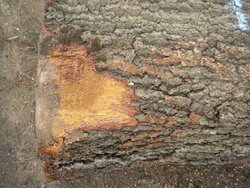 DSCN3006rl11.jpg224.3 KB · Views: 123
DSCN3006rl11.jpg224.3 KB · Views: 123 -
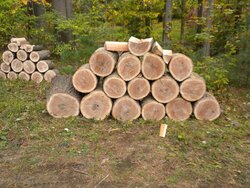 DSCN3007rl11.jpg203.2 KB · Views: 121
DSCN3007rl11.jpg203.2 KB · Views: 121 -
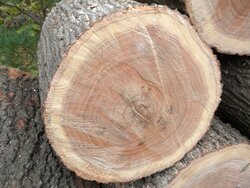 DSCN3009rl11.jpg196.3 KB · Views: 116
DSCN3009rl11.jpg196.3 KB · Views: 116 -
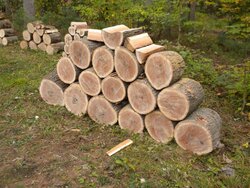 DSCN3008rl11.jpg202.9 KB · Views: 122
DSCN3008rl11.jpg202.9 KB · Views: 122 -
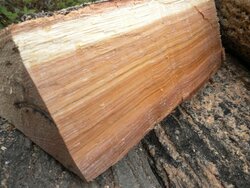 DSCN3010rl11.jpg144.8 KB · Views: 135
DSCN3010rl11.jpg144.8 KB · Views: 135 -
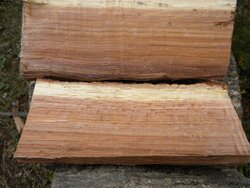 DSCN3011rl11.jpg132.5 KB · Views: 129
DSCN3011rl11.jpg132.5 KB · Views: 129 -
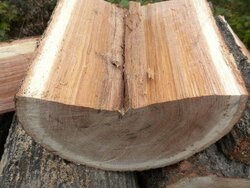 DSCN3012rl11.jpg154.9 KB · Views: 103
DSCN3012rl11.jpg154.9 KB · Views: 103




